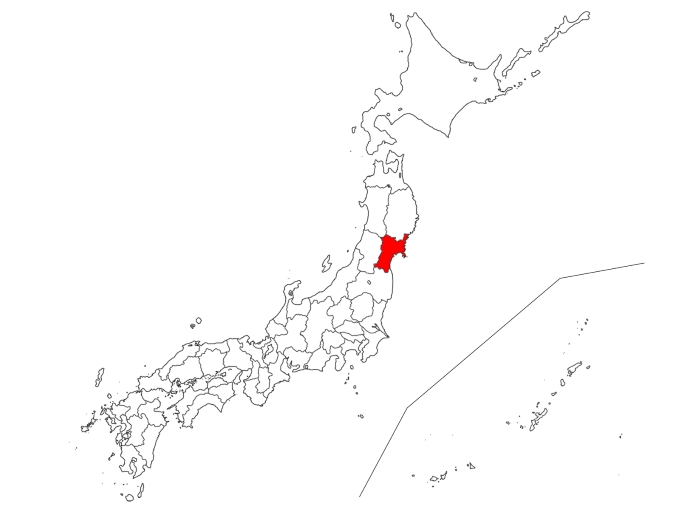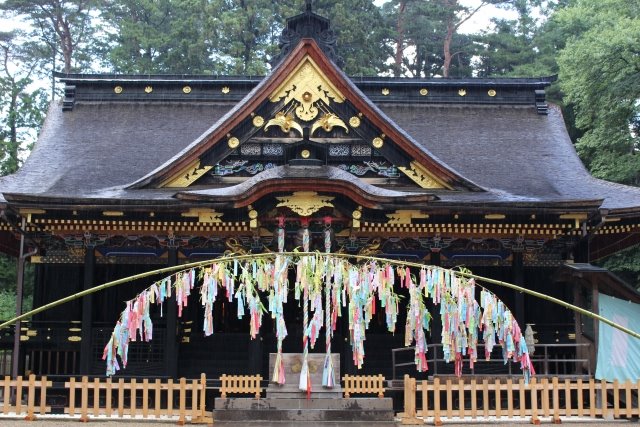Contents
1.Basic Information
Sendai City, a castle town built by the famous Sengoku period warlord Date Masamune, has developed into the largest city in the Tohoku region. Around this city are famous hot spring resorts such as Sakunami Onsen and Akiu Onsen, making it a major tourist hub in the Tohoku region.
Aoba Castle (Aobajyo)
Built over 400 years ago by the Date clan, warlords of the Sengoku period, Aoba Castle was constructed on a natural fortress about 130 meters high. It is said that the castle deliberately lacked a keep to avoid alerting Tokugawa Ieyasu, the shogun at the time. Today, the castle itself is no longer standing, but the site is open to the public as Aobayama Park, offering panoramic views of Sendai City and the Pacific Ocean. The equestrian statue of Lord Date Masamune is a symbolic landscape of Sendai City. The Aoba Castle Museum displays videos of the reconstructed Aoba Castle using computer graphics.
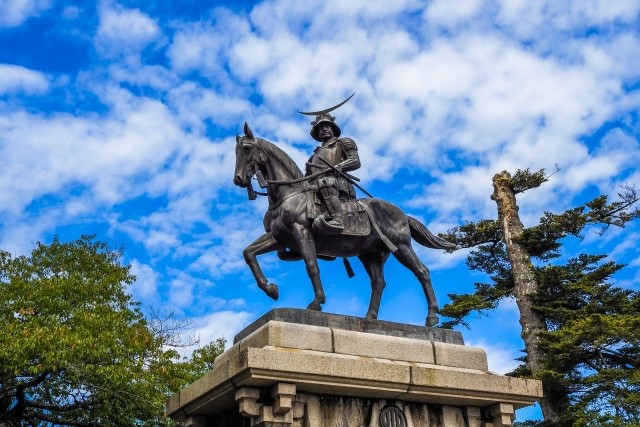
Osaki Hachimangu
Osaki Hachimangu, built by Date Masamune in 1607, has served as the guardian shrine of the Sendai area. The shrine features an architectural style similar to Nikko Toshogu Shrine, known for its lavish decorations, and is believed to bring good fortune, ward off evil, and ensure safe childbirth. The over 300-year-old Matsutaki Festival, where New Year decorations and old amulets are burned to pray for household safety for the year, is a traditional event held every January 14th. Participants gather around the fire to pray for health and safety.
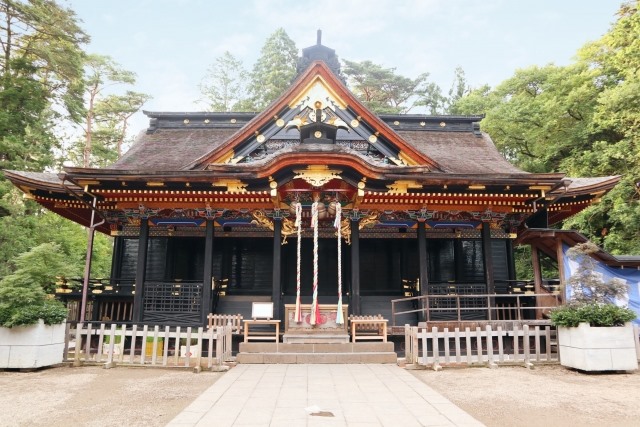
Sakunami Onsen
Located about 40 minutes by car from Sendai City, Sakunami Onsen has long been known as a hidden hot spring retreat for the lords of Sendai. It opened in 1796 and has been loved by many cultural figures and visitors. The hot spring water is gentle on the skin and known for its beautifying properties. Visitors can enjoy a variety of baths including open-air baths, rock baths, and standing baths. Nearby is the beautiful “Houmei 48 Waterfalls” on the Hirose River, named for the sound of the water resembling the legendary phoenix’s call.
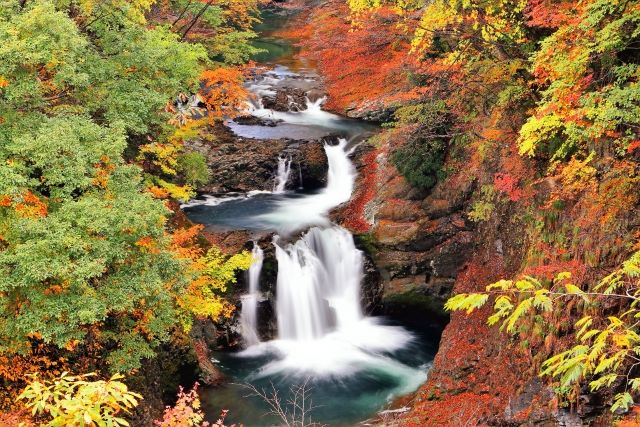
Akiu Onsen
Akiu Onsen boasts a history of about 1500 years and was used as a bathing place by the Date clan during the Sengoku period. Today, this hot spring is a popular relaxation spot for locals, surrounded by rich nature. Akiu Great Falls is a powerful waterfall with a drop of about 55 meters and a width of about 6 meters, known for its beautiful autumn foliage.
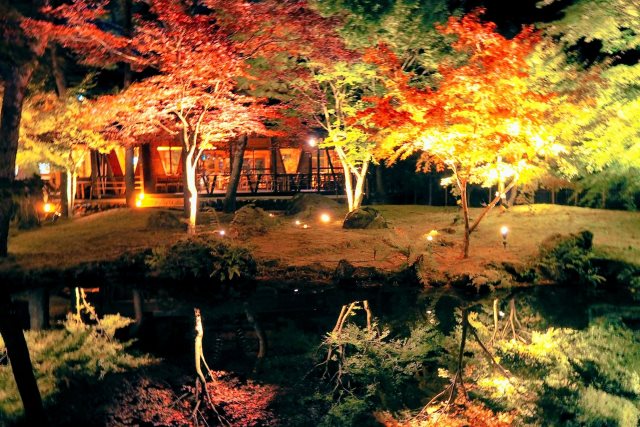
Naruko Onsen
Naruko Onsen, located in Osaki City, Miyagi Prefecture, is known as one of the famous hot springs in the Tohoku region, alongside Iizaka Onsen and Akiu Onsen. It is popular for its abundant water and healing properties. The hot spring town is characterized by rising steam and the scent of sulfur. Narrow alleys are lined with souvenir shops, allowing visitors to experience the hot spring atmosphere. Famous souvenirs include “Naruko Kokeshi” dolls and “Naruko Lacquerware.” Staying at an inn and visiting communal baths in yukata and geta is a highlight. Nearby Naruko Gorge is beautifully colored with autumn leaves from mid-October to early November.
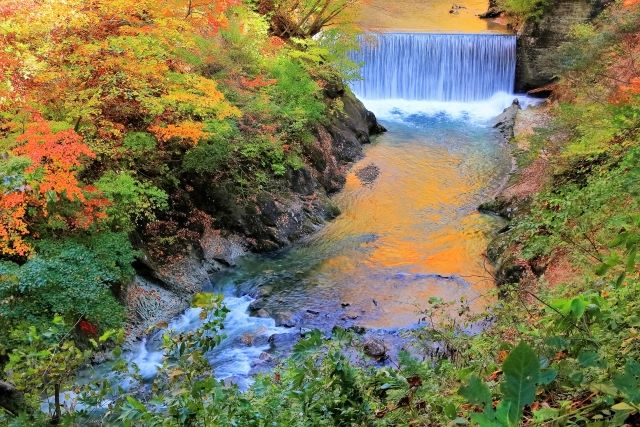
2.Reviews
Sendai Daikannon
The 100-meter-tall Sendai Daikannon statue in Daikanmitsuji Temple is divided into 12 layers inside, offering a panoramic view of Sendai City. It houses 108 Buddha statues and is accessible by elevator. It is about 40 minutes by bus from Sendai Station. The statue was erected in 1964 by a local businessman as a token of gratitude for his successful business development in the area. It is well-known overseas, including in Thailand, and has been used as a movie filming location.
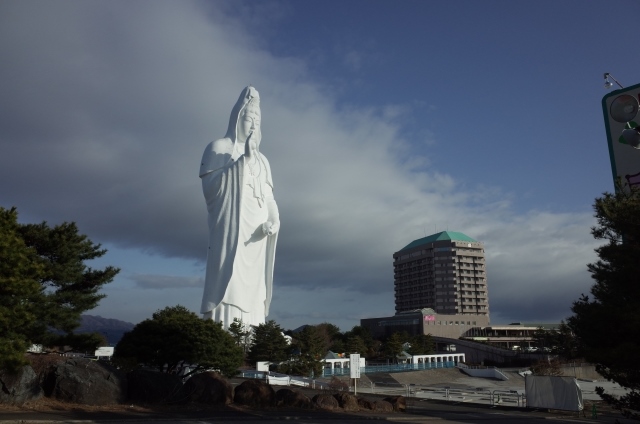
Sendai Tanabata Festival
The Sendai Tanabata Festival, one of the three great festivals of Tohoku along with Aomori’s Nebuta Festival and Akita’s Kanto Festival, is Japan’s most famous Tanabata festival, dating back to the era of Lord Date Masamune. Extravagantly decorated bamboo ornaments are displayed from the morning of August 6th along the arcades from Sendai Station to Chuo Street and Ichibancho Street. The night before the festival features the Sendai Tanabata Fireworks Festival, where about 16,000 spectacular fireworks light up the night sky of Sendai.
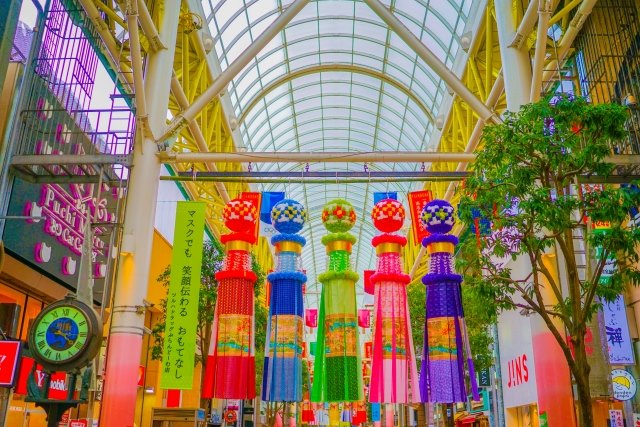
3.Local Food



4.Transportation Information
How to get to Aoba Castle, Osaki Hachimangu, Sakunami Onsen, Akiu Onsen
Miyagi Prefecture Tourism Federation Official Site (English, Korean, Simplified Chinese, Traditional Chinese available)
https://www.miyagi-kankou.or.jp/
5.Map Information
